During World War II, the world witnessed an array of innovative strategies and unique solutions to overcome the challenges of war. Among these, one of the most fascinating yet lesser-known stories involves the role elephants played in building bridges. These magnificent creatures, known for their strength and intelligence, became unlikely allies in the war effort, contributing significantly to engineering feats that were crucial for military operations. This narrative not only highlights the resourcefulness of wartime strategies but also underscores the remarkable capabilities of elephants, making for an enthralling tale that captures both history and nature.
The Role of Elephants in Wartime Logistics
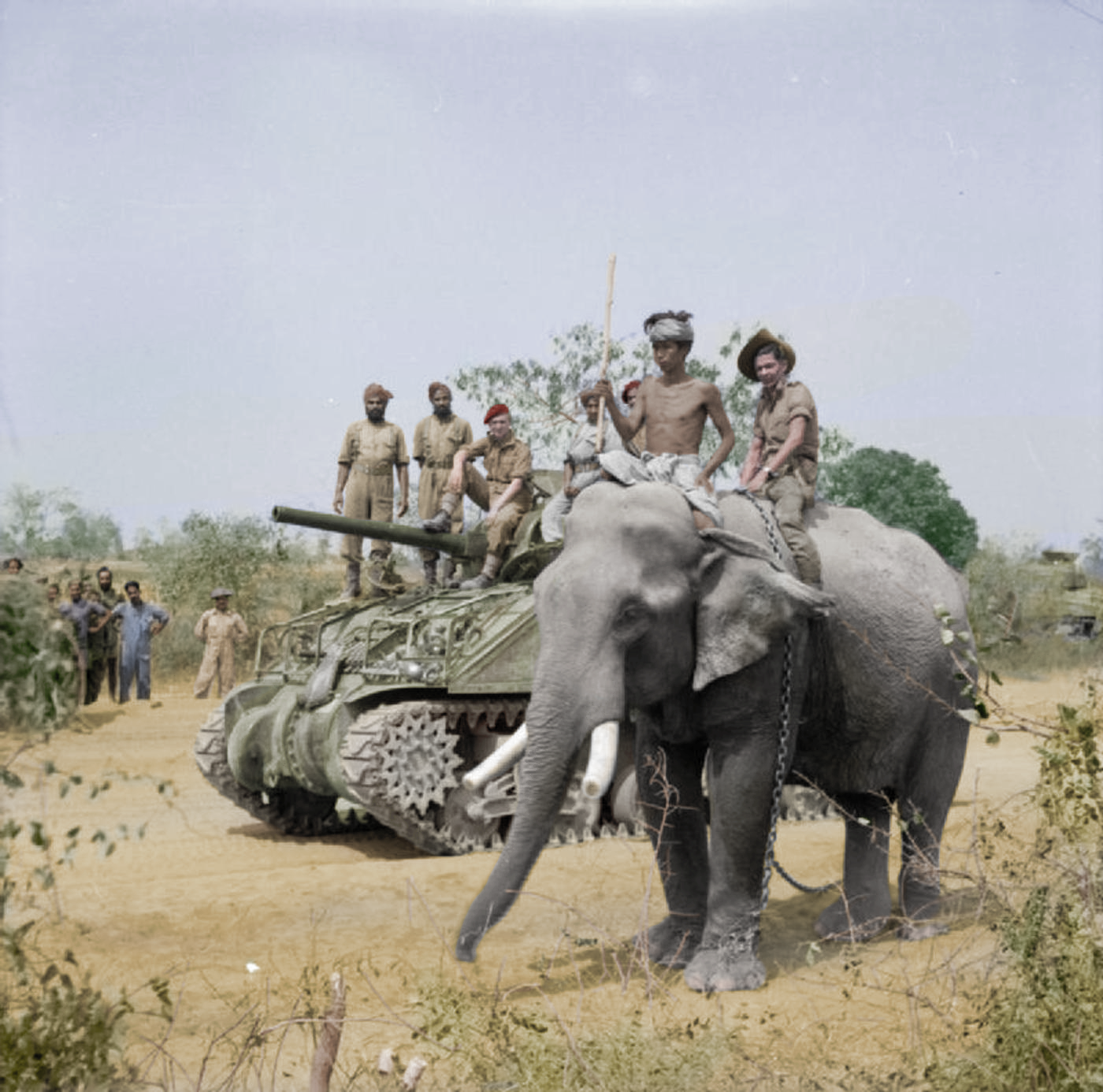
Elephants have long been revered for their immense strength and dexterity. During World War II, their abilities were harnessed in unprecedented ways. In regions like Burma (now Myanmar), elephants became a vital part of the logistical chain. Their primary task was to move heavy materials and equipment through dense jungles and difficult terrains where conventional vehicles could not operate. This was a time when roads were scarce, and the natural landscape posed significant challenges to human engineers. Elephants, with their ability to traverse such terrain with ease, became indispensable, showcasing their crucial role in wartime logistics.
Bridging the Gap: Elephants as Engineers
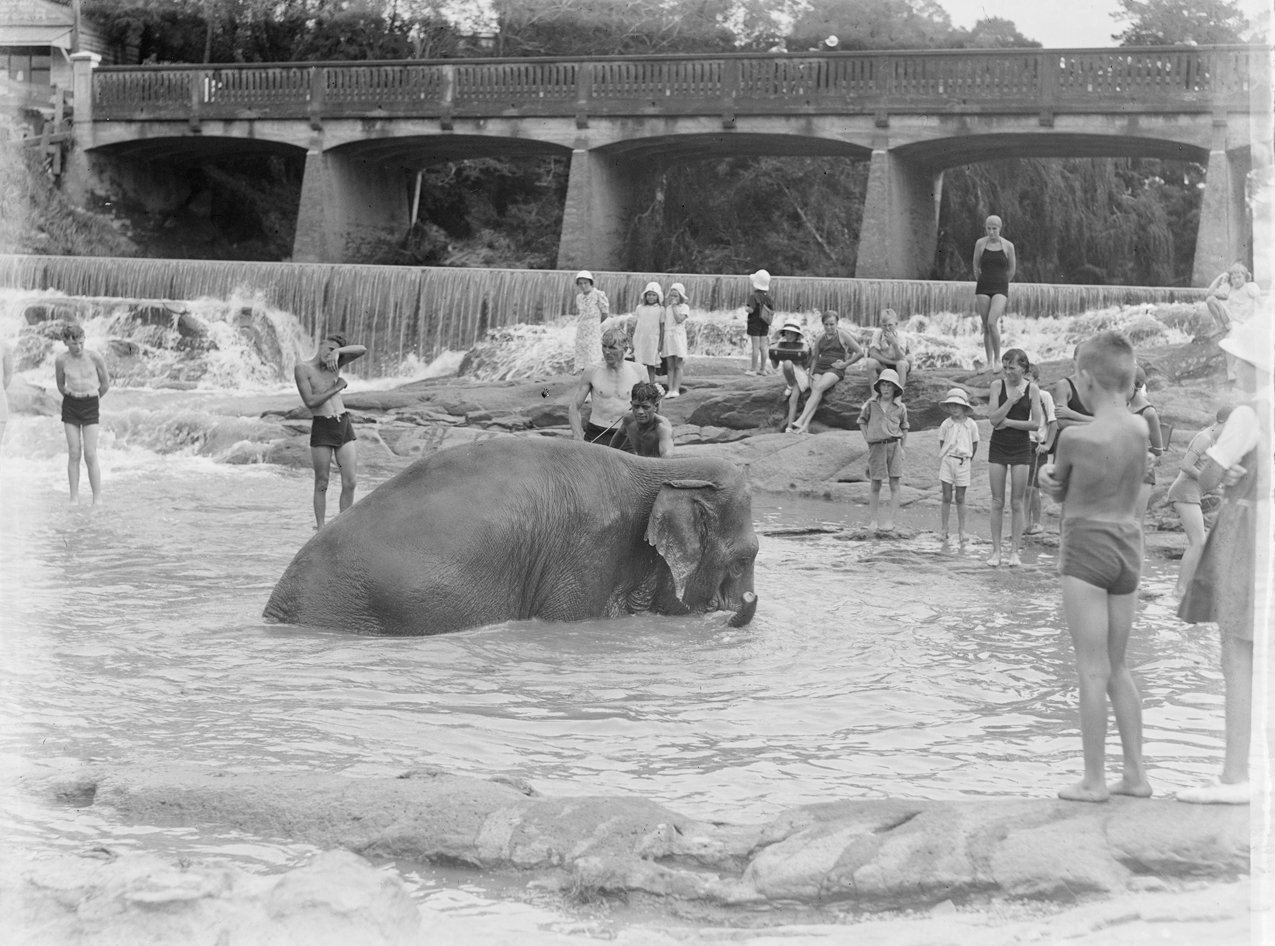
One of the most remarkable contributions of elephants during the war was their role in bridge-building. In areas where rivers and ravines presented formidable obstacles, elephants were employed to haul massive logs and construction materials needed for building temporary bridges. Their strength allowed them to carry weights that would be impossible for human laborers alone. Moreover, their intelligence enabled them to understand commands and work as a team, often under the guidance of experienced mahouts. This unique collaboration between man and beast illustrates the ingenuity of wartime solutions and the adaptability of elephants in engineering tasks.
The Mahouts: Guardians of Elephant Wisdom
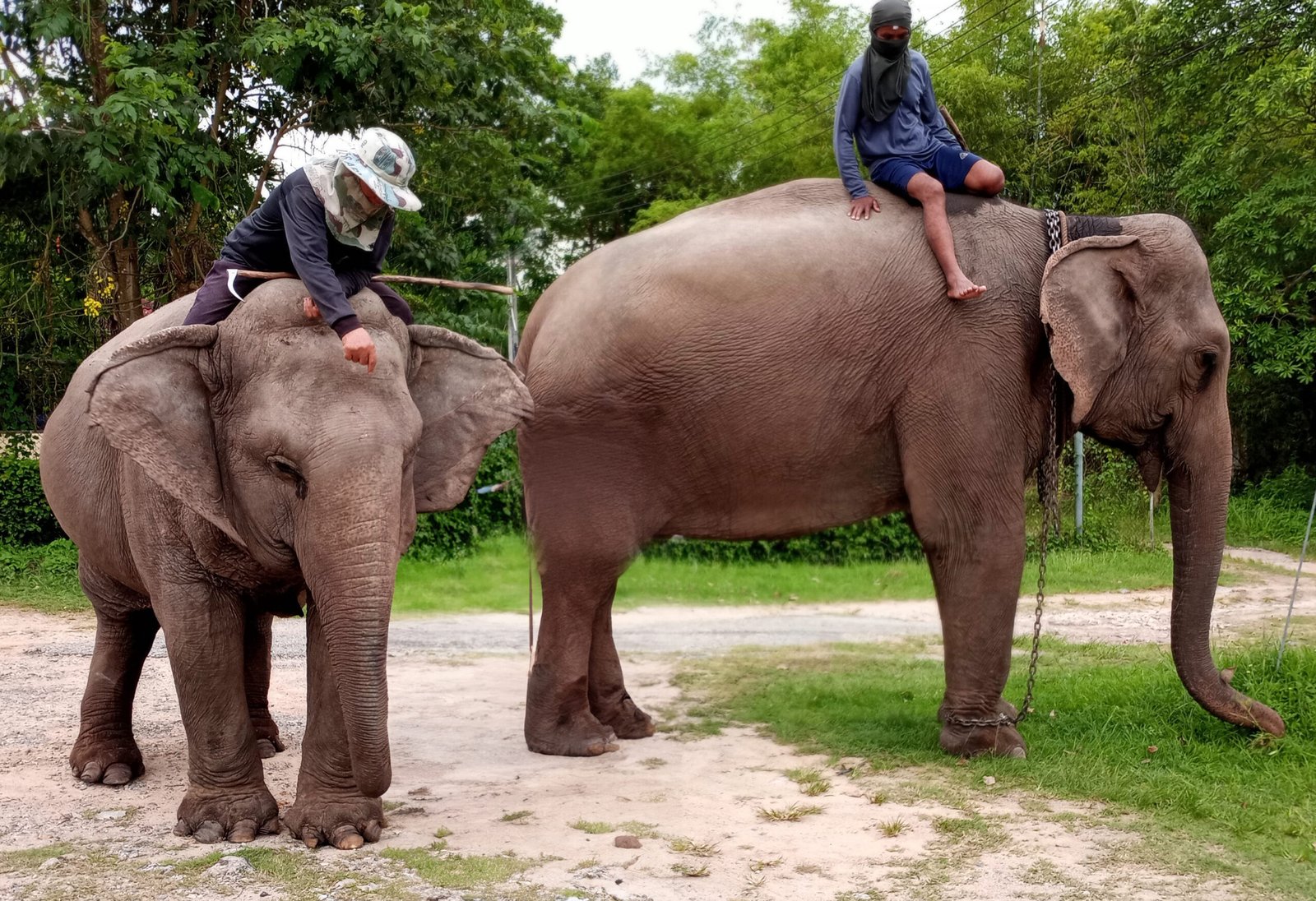
The success of using elephants in war efforts heavily relied on the skills of the mahouts, the traditional elephant handlers. These individuals possessed an intimate understanding of elephant behavior and psychology, which was crucial for effective communication and task execution. Mahouts were often able to command their elephants with subtle cues and gestures, ensuring that the animals remained calm and focused even in the chaotic environment of war. The bond between mahouts and elephants was one of mutual trust and respect, highlighting the deep connection between humans and animals in achieving common goals.
Strategic Advantages in Jungle Warfare
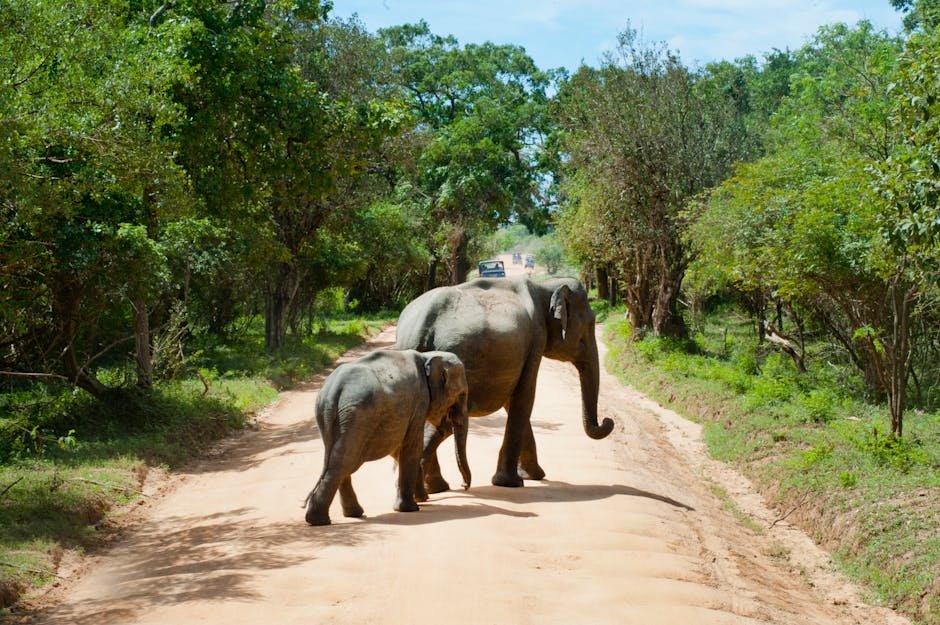
In the dense jungles of Southeast Asia, traditional military strategies often faltered due to the challenging environment. Elephants provided a strategic advantage by serving as mobile units capable of transporting troops and supplies across difficult terrain. Their ability to move silently through the jungle made them ideal for stealth operations and surprise maneuvers. Furthermore, their presence often deterred enemy forces, who were unaccustomed to encountering such formidable creatures in battle. This strategic use of elephants helped to level the playing field in jungle warfare, demonstrating the innovative thinking employed during the war.
Environmental and Ethical Considerations
While the use of elephants in World War II was a testament to their capabilities, it also raises important environmental and ethical considerations. The demands of war placed significant stress on elephant populations, and the conditions they endured were often harsh. Additionally, the long-term impact on their natural habitats due to military operations was considerable. These factors prompt reflection on the ethical treatment of animals in human conflicts and the responsibility to protect wildlife while pursuing human endeavors. Understanding this history encourages a more compassionate approach to using animals in modern contexts.
Elephants: A Symbol of Strength and Resilience
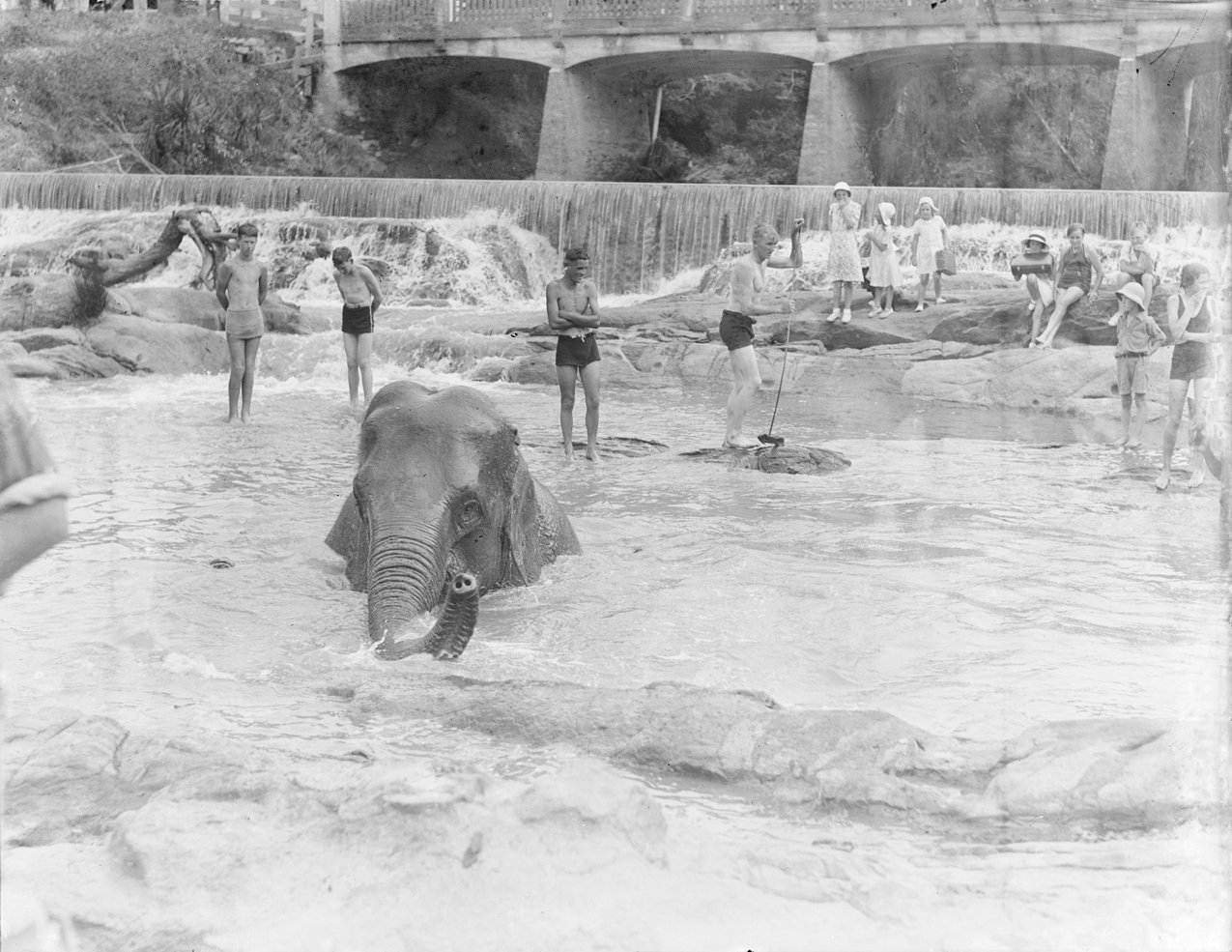
Elephants have long been symbols of strength, resilience, and wisdom in various cultures. Their role in World War II only reinforced these attributes, as they demonstrated their ability to adapt and contribute to human efforts in extraordinary ways. This story serves as a reminder of the incredible potential that animals possess and their capacity to work alongside humans in achieving remarkable feats. It also highlights the importance of respecting and preserving these majestic creatures, whose contributions to human history have been both profound and enduring.
Lessons from History: Innovation and Resourcefulness
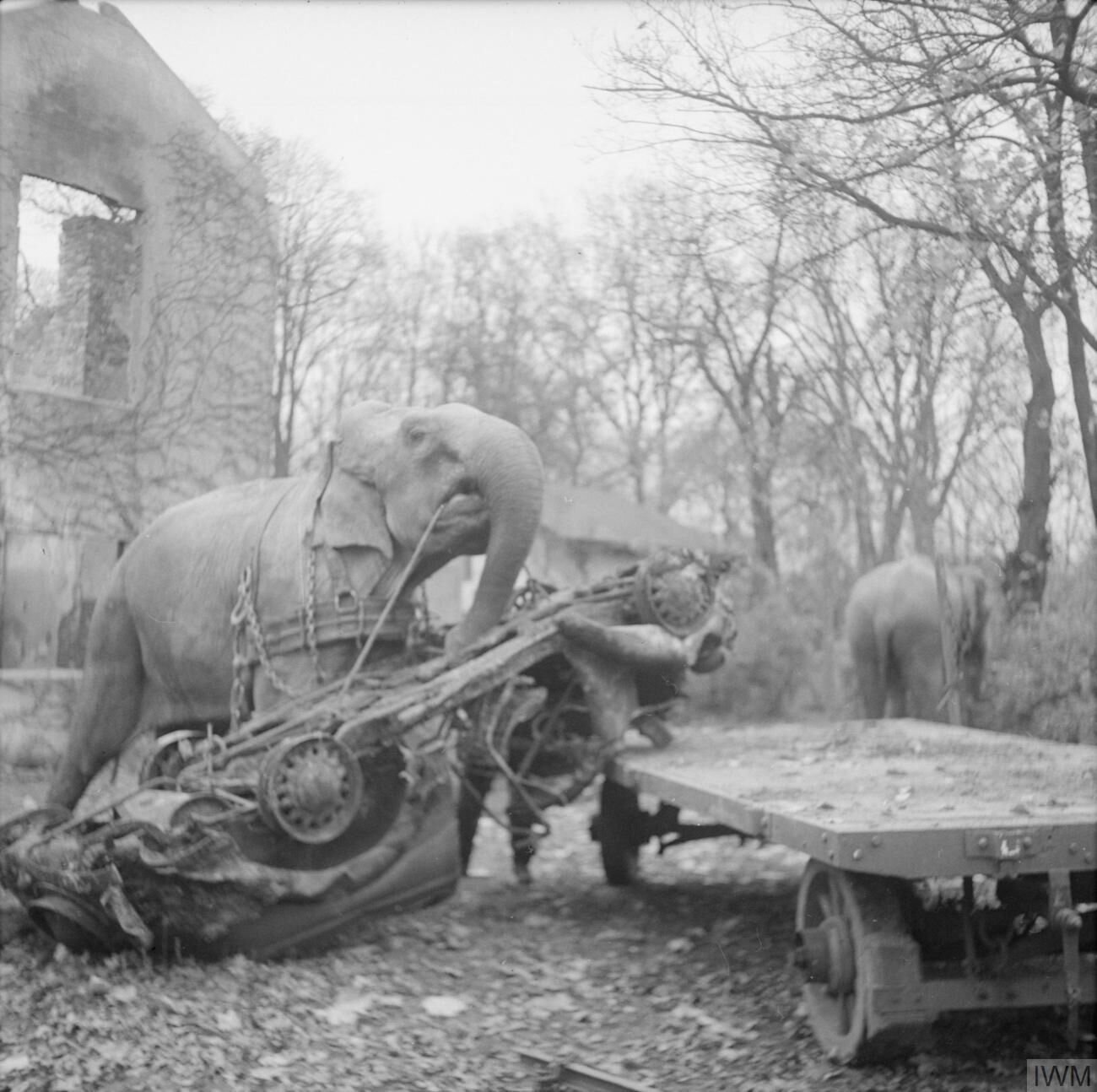
The use of elephants in World War II exemplifies the innovation and resourcefulness that characterized wartime strategies. Faced with seemingly insurmountable challenges, military leaders found creative solutions by leveraging the natural abilities of elephants. This historical account reminds us of the importance of thinking outside the box and embracing unconventional approaches when confronted with adversity. It also underscores the value of collaborating with nature to overcome obstacles, a lesson that remains relevant in today’s rapidly changing world.
The Legacy of Elephants in Military History
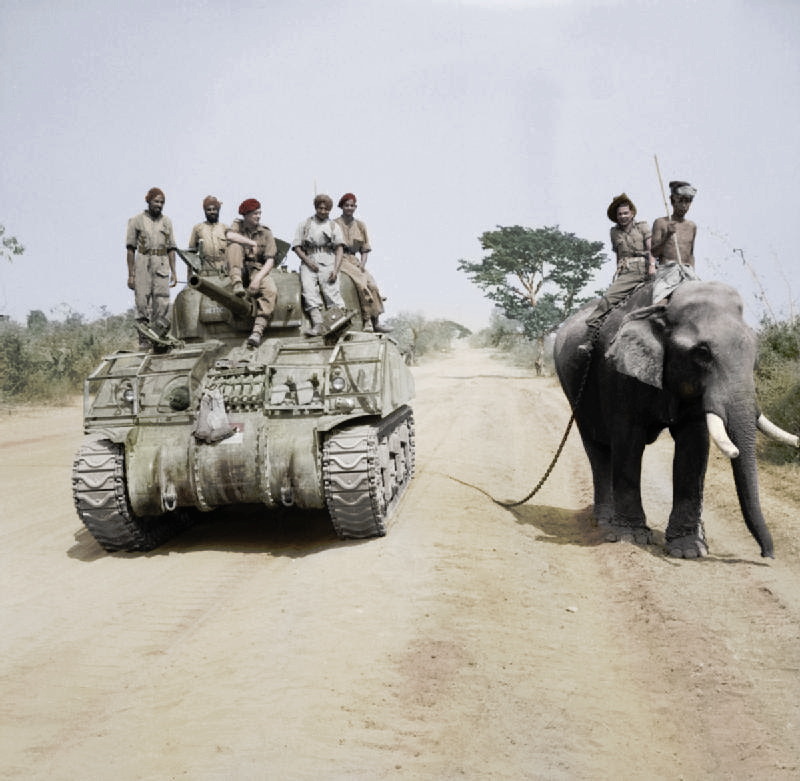
The legacy of elephants in military history extends beyond their physical contributions. Their involvement in World War II has been documented in various accounts, serving as a testament to their significance in human affairs. These stories inspire awe and admiration, providing a unique perspective on the interconnectedness of humans and animals in shaping historical events. As we reflect on their legacy, we are reminded of the enduring impact that elephants have had on human civilization, both in times of peace and conflict.
Preserving the Future of Elephants
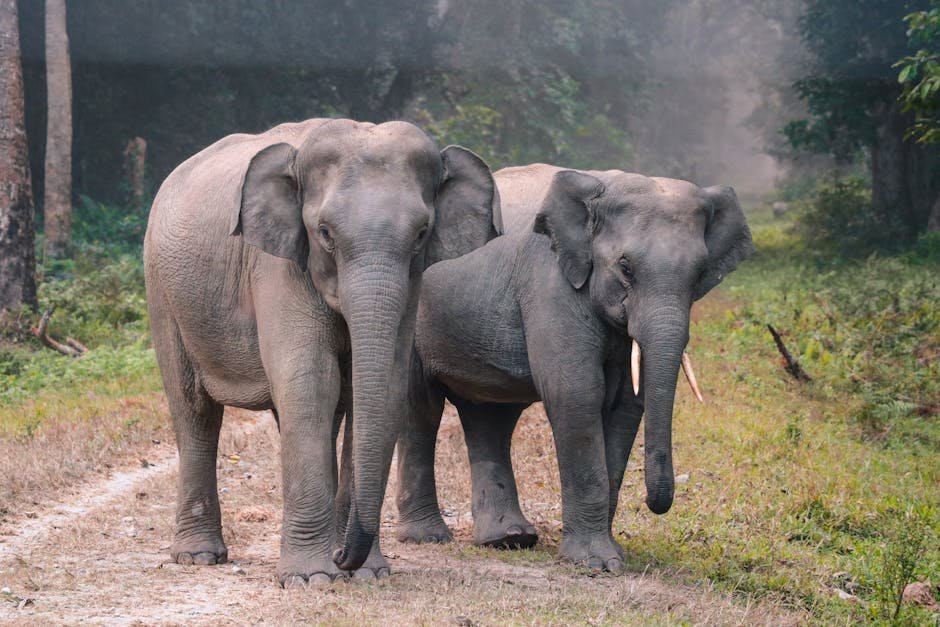
Today, the conservation of elephants is more critical than ever. Their populations face numerous threats, including habitat destruction, poaching, and human-wildlife conflict. The historical role of elephants in World War II highlights their importance to human history and the need to ensure their survival for future generations. By raising awareness of their past contributions, we can foster a greater appreciation for these magnificent creatures and support efforts to protect them in the wild. This story serves as a call to action for preserving the legacy of elephants and ensuring their continued presence in our world.
A Timeless Bond Between Humans and Elephants
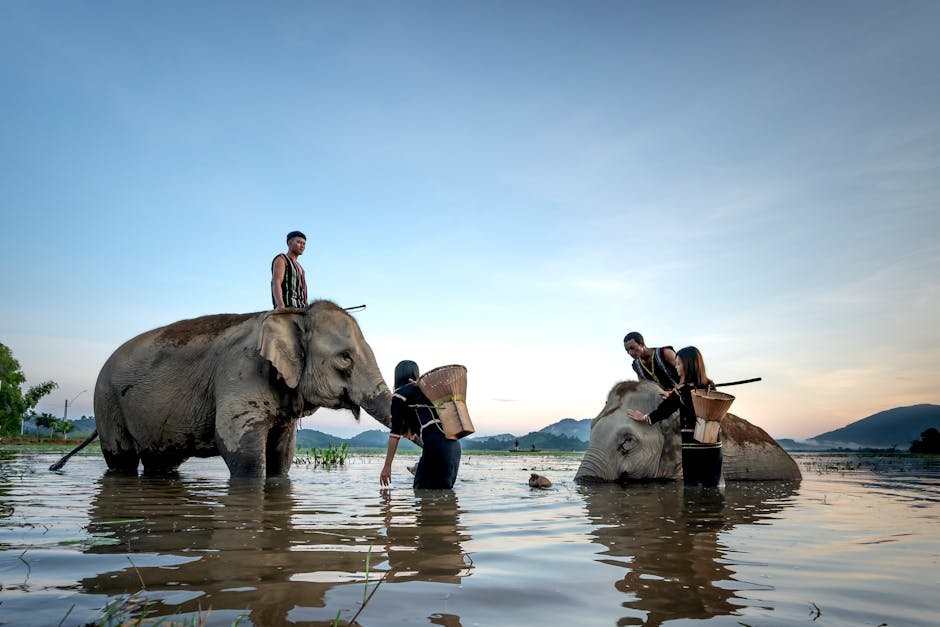
The story of elephants in World War II is not just about their contributions to military efforts; it is also a testament to the timeless bond between humans and these gentle giants. Throughout history, elephants have been loyal companions, allies, and partners in various endeavors. This enduring relationship speaks to the deep connection between humans and nature, one that has been forged through shared experiences and mutual respect. As we continue to explore new frontiers, the lessons learned from our past interactions with elephants remind us of the importance of nurturing and preserving these bonds for the future.




